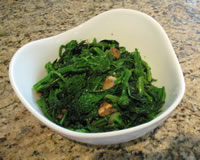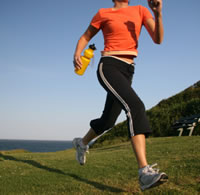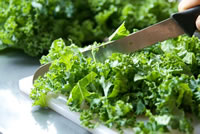The liver acts as the body’s main factory for breaking down, neutralizing, detoxifying and removing chemicals, poisons, body wastes and unused and undigested food surpluses. It handles about 40% of all of the body’s detoxification work.
It has three main functions:
- Filtration – the liver contains cells called Kupffer cells which are phagocytes (white blood cells that protect the body by ingesting (phagocytosing) harmful foreign particles, bacteria, and dead or dying cells). These Kupffer cells filter the blood and eradicate large molecules and pathogenic bacteria and toxins. In a healthy liver, these cells eradicate 99% of bacteria.
- Bile Secretion – the liver produces bile which binds with toxins, harmful poisons and wastes (including those removed via step 1 filtration and step 3 enzymatic pathways) and removes them from the body via the intestines in feces. Inadequate fibre causes the process to slow down causing many toxins to be reabsorbed in the intestines.
- Enzymatic Pathways – the liver disassembles toxins via a two-step process known as Phase 1 and Phase 2 detoxification.
- Phase 1 – a group of enzymes called cytochrome P450 either directly disassemble toxins, convert toxins to water-soluble substances which can be eliminated via urine, convert toxins to less toxic chemicals for removal, or convert toxins to activated intermediaries for Phase 2 conjugation.
- Phase 2 – these are called Conjugation Pathways because one molecule is bound to a toxin thereby converting it into a water-soluble substance that can be evacuated via urine. There are 7 different molecules chosen by the body depending on the toxin to be disassembled (eg. Amino acids, sulfation, methylation, glutathione, glucuronidation)
There are many ways to support the liver in its detox role.
- Keep the blood and organs well hydrated with lots of water.
- Avoid harmful substances, sugars, alcohol, high protein diets, coffee, saturated fat, and smoking.
- Support the Phase 1 detoxification pathways with lots of brassicas (cabbage, broccoli, Bussels sprouts, kale, rapini, collards), oranges, and tangerines.
- Support the Phase 2 detoxification pathways with brassicas, legumes, oatmeal, oranges, lemons, tangerines, whole grains, green tea, red peppers, fresh berries, and omega 3 fish oils.
- Supplement with milk thistle, magnesium, B complex vitamins, selenium, and zinc.
I realize I’ve given a lot of information. These Phase 1 and 2 pathways need to work together, if the Phase 1 works faster than Phase 2, then a backlog of activated intermediaries can occur. These can cause symptoms of fatigue and nausea among others. If you have underactive Phase 1 enzymes, you may be more sensitive to medications than the average person and require smaller dosages, may be hypersensitive to perfumes, paint fumes, easily affected by caffeine and alcohol. Just another indication of the importance of maintaining balance within the body.
One of my favourite dinners includes several of the foods suggested above. Remember that you can add Flax seed oil (an omega-3 oil) to replace part of the olive oil in a salad dressing recipe. But never heat it – omega 3 oils cannot take any heat.
Rapini Rice Bowl
1 Tbsp. olive oil
3 Tbsp. vegetable stock
1 head rapini, chopped
1 head bok choy, chopped
1 bunch swiss chard, chopped
1 onion, chopped
2 cloves garlic, minced
4 Tbsp. tahini
1 large handful, chopped mushrooms
4 cups cooked brown basmati rice
2 sheets nori, torn (seaweed)
1/3 cup slivered almonds, toasted
1 batch simple sauce (from ReFresh – copied below)
Heat the olive oil and vegetable stock at medium heat in medium saucepan. Add the onions, garlic and mushrooms until fragrant – 5 minutes. Add the greens and steam until tender and bright green.
Put 1 cup of the cooked brown basmati rice in each bowl. Stir in 1 Tbsp of tahini and ½ sheet of crumbled nori. Arrange the steamed vegetables on top, sprinkle with slivered almonds, then drizzle with simple sauce over the vegetables and rice.
Simple Sauce (p. 92 of ReFresh – a Vegan cookbook I just LOVE and use for inspiration often)
½ cup tamari
3 Tbsp sesame oil
1 ½ inch ginger root, peeled and minced
4 Tbsp lemon juice
Put all ingredients in a saucepan. Bring to a boil and simmer for 10 minutes. Remove from heat and serve over the rice.



